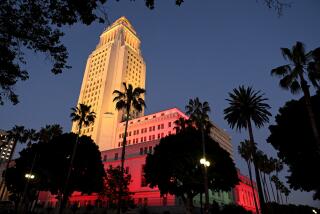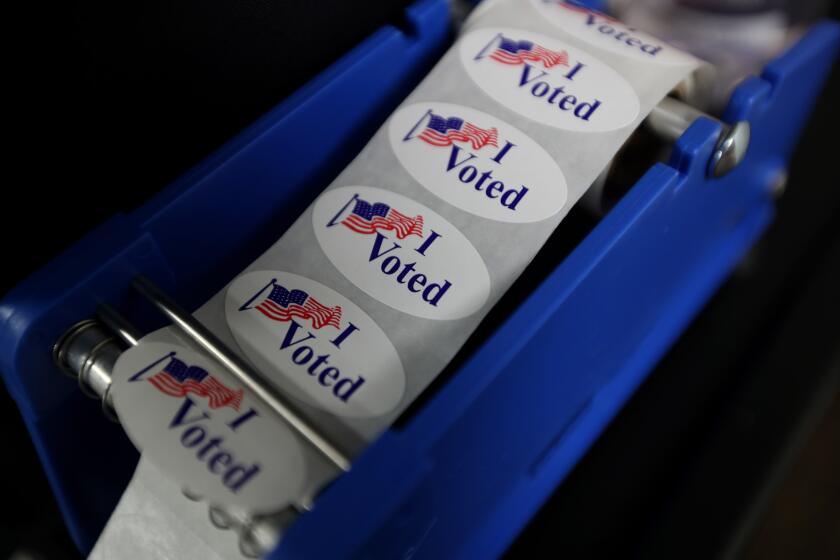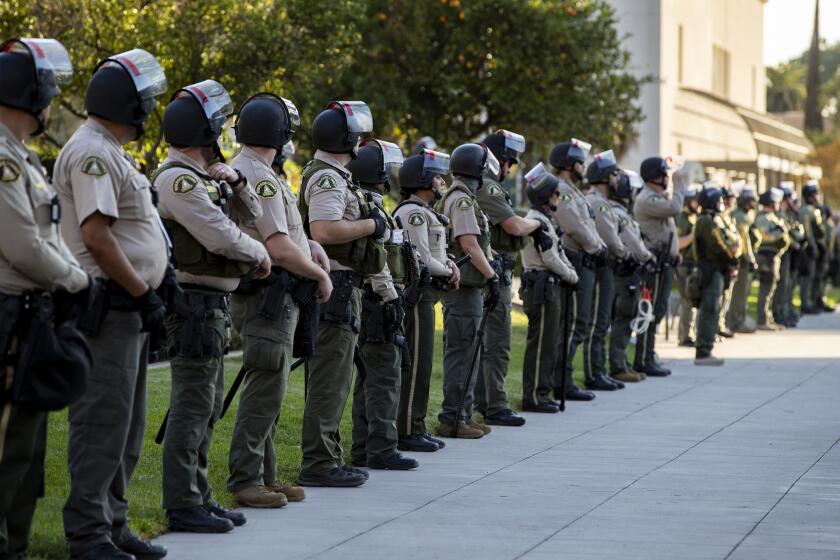Platform : Discrimination Calls for Healing, Not Silence, From Relations Panel
- Share via
Last March, the San Diego City Council created a Human Relations Commission. But what has happened in almost a year is not a study of accomplishment in human relations; it’s a study of the priorities of elected officials.
First, some background.
The role of HRC is a crucial one of identifying and, it is hoped, diminishing discrimination based on race, religion, color ancestry, age, gender, sexual orientation, disability, medical condition or place of birth. Parallel to that mission, the HRC is charged with developing and coordinating programs that serve to promote interracial, inter-religious and intercultural understanding.
So far, so good.
But the mills of government grind slowly. It took four months to screen and appoint commissioners, seven months to appoint an executive director. So it was eight months before the commission convened its first formal meeting.
Meanwhile, the types of problems that a human relations commission should be dealing with have been mounting.
Seventeen-year-old John Robert Wear was stabbed to death after he and a friend were called “faggots” by their assailants. Tension was high in Hillcrest and North Park because of an unusually high number of particularly brutal assaults, which police initially referred to as “wildings,” a description later recanted.
A black man at an ATM was beaten and robbed by Skinheads while bystanders watched, and an inquiry is under way to determine if city police refused to take his complaint.
Japan bashing on a national level threatens to trickle down and make life unpleasant for San Diegans of Japanese ancestry.
With those problems brewing, the Human Relations Commission spent most of its first few weeks wrangling over former City Councilman Bruce Henderson’s appointment of Gary Kreep to the commission. Kreep had been a director of the U.S. Justice Foundation, a network of conservative lawyers, which, among other things, at one time opposed the appointment of gay judges. The mayor eventually decided the appointment was in order.
In the interim, the mayor and the council, rather than concern themselves with the HRC’s floundering, found it of overweening importance to appeal federal Judge Gordon Thompson’s ruling that the cross atop Mt. Soledad violates the separation of church and state. Last week the appeal failed, but still Mayor Maureen O’Connor vows to push on.
The ruling stirred up more emotion than most issues in San Diego. But the HRC, charged with defusing religious tensions, was notably silent. If the HRC does not consider the issue a matter of human relations, its members should reread the ordinance. On the other hand, if the HRC is timid about setting the council straight, why should it exist?
How exorcised O’Connor and the council would be if Mt. Soledad were crowned with an enormous statue of a sitting Buddha instead of a cross is a hypothesis neither the mayor nor the council nor the HRC has chosen to address.
San Diego does not want for legitimate flash points. People are anxious over the recession and unemployment. Frustration is high, providing an environment for malcontents to vent their anger on scapegoats whose race, religion, nationality or sexual preference are “different.”
I lived in Detroit during the riots of 1967. Better believe it, chaos is possible.
There is a pressing need for the Human Relations Commission to provide light instead of heat on the city’s problems and keep healing center stage. It’s time for the mayor and the council to make human relations a high priority.
More to Read
Sign up for Essential California
The most important California stories and recommendations in your inbox every morning.
You may occasionally receive promotional content from the Los Angeles Times.













